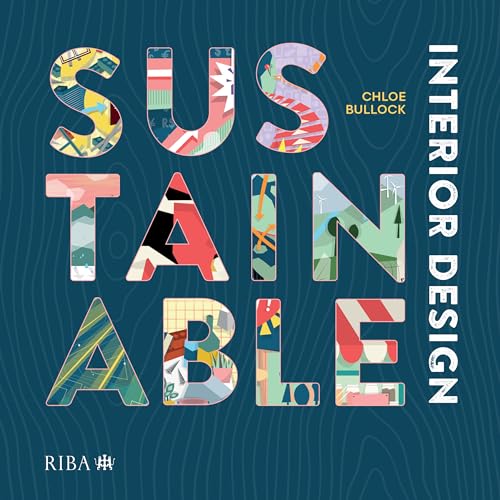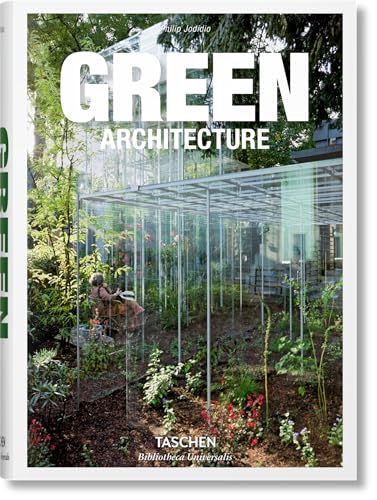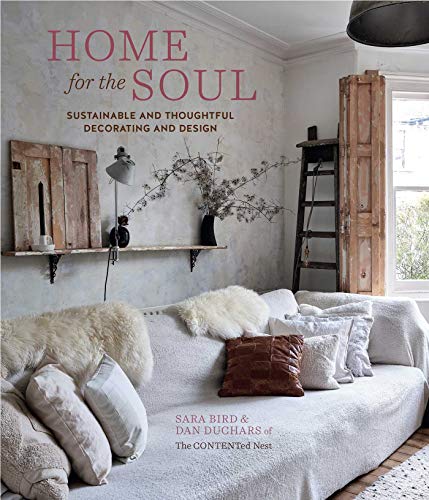What Sustainable Interior Design Really Means in 2025 — And Why It’s No Longer Just About the Materials
From humid Asian climates to airtight London retrofits, resiliency is in. Here, experts explain what 'sustainable interior design' means to them
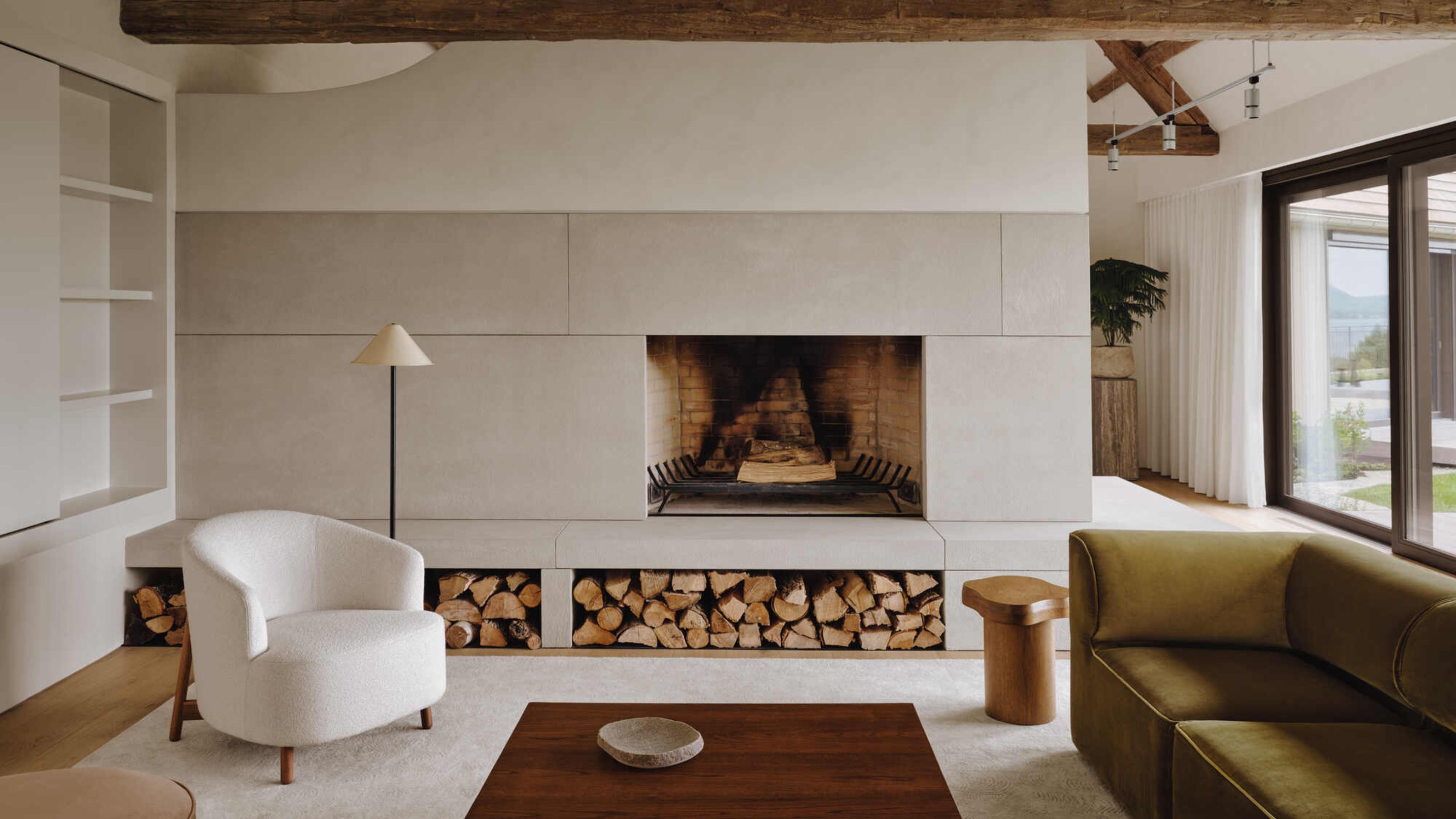
What comes to mind when you think of sustainable interior design? Is it a home with hardwood floors, low-VOC paint, or something a bit more unique like bamboo accents or cork? For years, sustainability has been synonymous with certain material choices that, yes, are eco-friendly, but there’s much more to the story.
According to the American Society of Interior Designers (ASID) 2025 Trends Report, wellness and sustainability are on homeowners’ minds now more than ever. Adaptable design and circular thinking are having a moment — and brands that wear their sourcing stories on their sleeve are fast becoming shopper favorites.
Seventy two percent of global consumers are willing to pay more for sustainable product design (PDI Technologies), while the Harvard Business Review cites Gen Z and Millennial shoppers as 27 percent more likely to purchase products from a sustainable brand than their older counterparts are. Eco-conscious design isn’t just beneficial for the planet, it’s the right (and cool) thing to do.

“As far as I’m concerned, sustainability isn’t an add-on; it’s the foundation of truly good design.” Richard Dudzicki
While climate concerns continue to intensify, designers are called to think more deeply about what sustainable interior design actually means, how to work with new technologies, and how to navigate the challenges that come with working in varying climates.
Sustainable interior design is no longer just about recycling materials or meeting basic requirements, it’s about building sustainable homes that are intentional and long-lasting from floor to ceiling, baseboards to built-ins.
So what do some of the world’s leading designers do when it comes to putting sustainability into practice?
For UK-based Richard Dudzicki, founder of RDA Architects, “sustainable interior design isn’t just a checkbox anymore. It’s a full-spectrum approach, from the building’s structure to how someone will live in the space 30 years from now,” he says.
The Livingetc newsletters are your inside source for what’s shaping interiors now - and what’s next. Discover trend forecasts, smart style ideas, and curated shopping inspiration that brings design to life. Subscribe today and stay ahead of the curve.
An expert in Passivhaus design and low-energy architecture for more than two decades, his residential and public-sector work has earned recognition, and rightly so.
“It’s about making thoughtful material choices — favouring local, low-carbon, and non-toxic products — while ensuring the design supports energy efficiency, wellbeing, and durability," he notes. "These days, sustainability in interior design goes far beyond surface-level gestures; it’s about adaptability, embracing circular principles, and being deliberate with every decision — from lighting schemes to spatial planning.”
Richard Dudzicki is an industry leader within the Passivehaus community, most recently winning the Best Green Home in 2023 at The Daily Telegraph's Home Building & Renovating Awards. He has been championing sustainable interior design for over 25 years, having designed and built more than 200 energy-efficient homes. His mission is to change people's perception of what a home can be, proving that energy efficiency and architectural design go hand in hand.
Some of his projects include Pitched Passivhaus, a low-energy retrofit that uses a modular, off-site cross-laminated timber (CLT) system, a great method for precision and reducing construction waste with minimal environmental impact.
The home also features smart technology to enhance its overall efficiency. There’s an electric car charging point and electric bike charging point, too. Another recent project transformed a neglected 1960s home through highly efficient insulation and new windows and doors for airtightness, alongside a Japanese-inspired garden and open-living spaces.
“As far as I’m concerned, sustainability isn’t an add-on; it’s the foundation of truly good design,” says Richard.
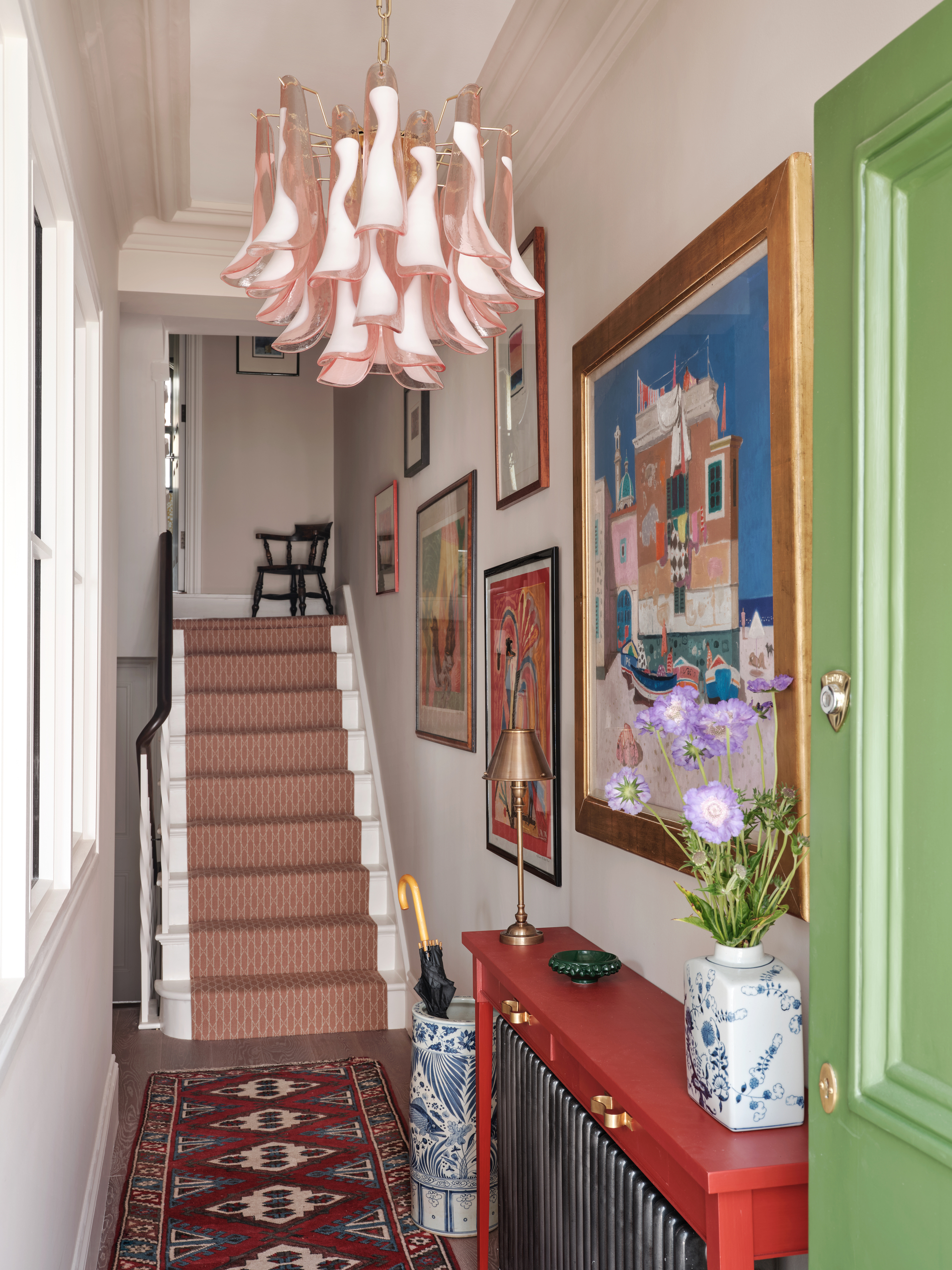
Knowing how to thrift rather than always buying new is one way to contribute to more sustainable interior design practices.
For designer Rebecca Hughes, who designs homes from the UK to Malaysia and from India to Central Europe, sustainability and luxury can go hand-in-hand.
“Sustainable interior design is about creating spaces that are both beautiful and enduring, using materials and processes that minimize environmental impact,” she says.
For example, she’s currently working on a project in London with a rainwater harvesting system. “We’ve worked on projects in a range of climates, from the UK to Asia, and are always adapting our approach — whether that’s considering insulation and energy use in colder climates, or ventilation in warmer ones. Local sourcing is key wherever possible.”
As for what stemmed her interest in stylish, sustainable interior design? “I grew up surrounded by antiques and seeing how well-made pieces can last for generations,” she says.
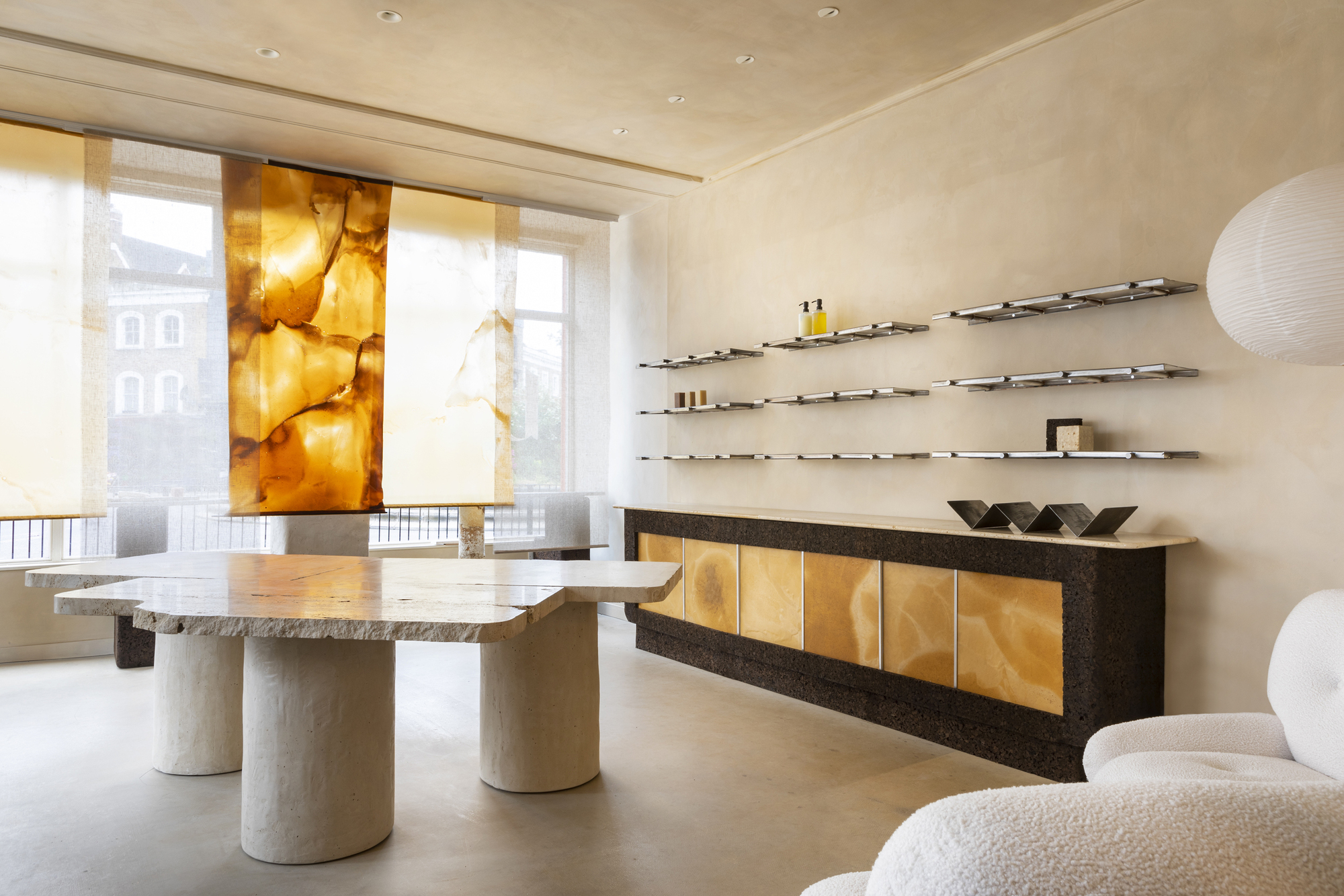
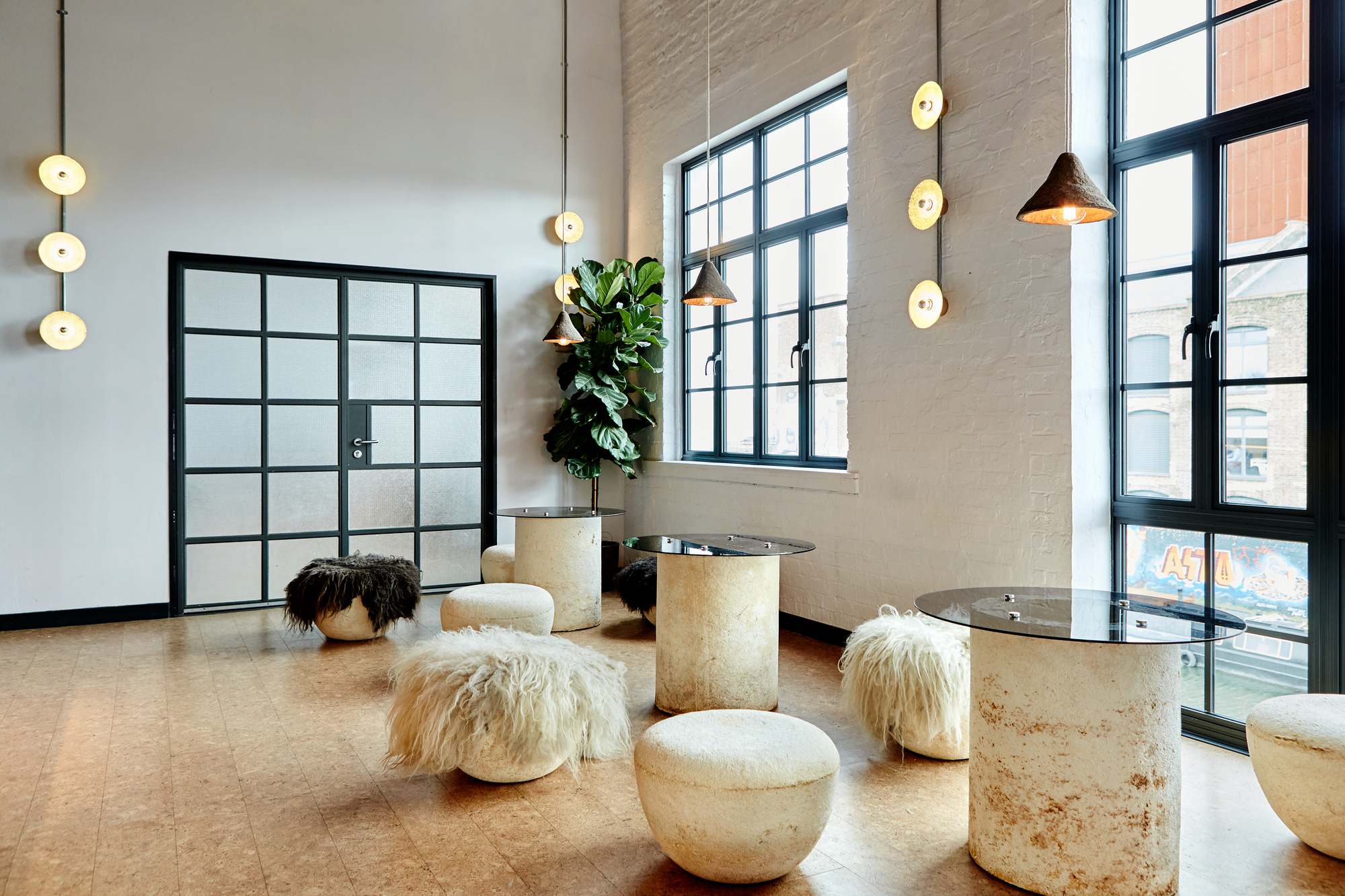
Nina Woodcroft, principal of Nina + Co, also acts with the health of the planet in mind with each of her works, looking at selections long beyond one projects’ life-span.
While her own home, an updated 1970s cork-clad gem, is a sustainable interior design star in its own right, she primarily works on commercial spaces in her own practice.
“I realized in my mid-twenties that my actions and choices at work, designing international hotels and high-end residences, were not sitting well with my conscience; there was a widespread disregard for people and planet throughout the industry," she explains. "Eventually this moved me to launch Nina+Co in order to work with clients and collaborators who did care about the deeper issues.”
Since, she’s worked on Silo, the world’s first zero-waste restaurant that’s earned a Michelin Green Star, as well as big., a clean, zero-waste beauty store.
Nina Woodcroft founded her design studio back in 2014, and since then has produced award-winning interior design and products with "applied circular thinking and radical materiality at their core." She champions working with ancient and pioneering sustainable materials such as mushroom mycelium, algae, and bioplastics, to create spaces that are not only sensitive to the people who live in them, but the planet as a whole.
While she’s well-versed with cork, Nina is excited to explore more out-of-the-box sustainable materials.
“There is a lot more to do with algae — it seems it can be turned into countless useful things. I have been working with mycelium for a while but collectively the world has only scratched the surface of possibilities for harnessing the useful properties of fungi,” she notes.
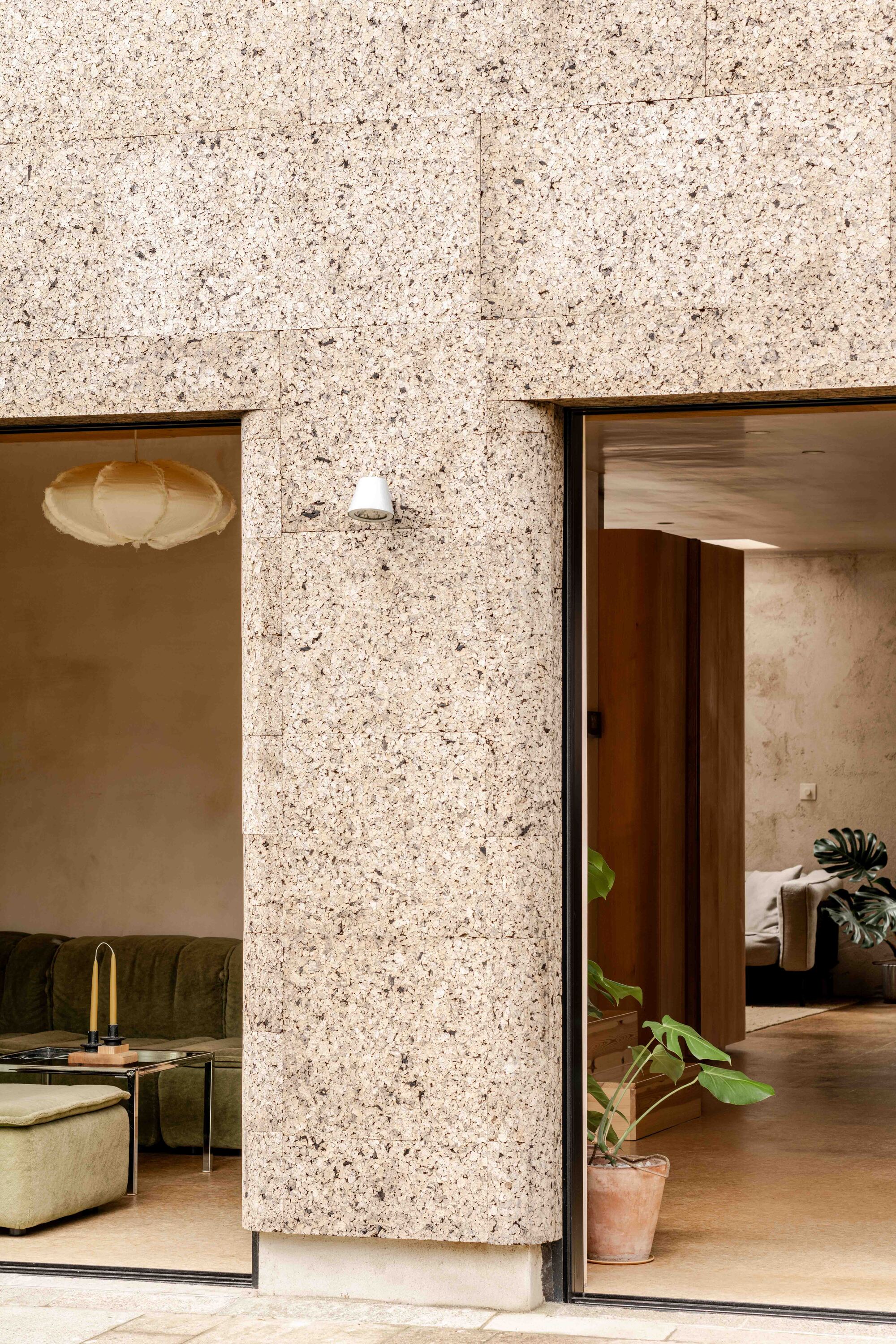
Nina's own home (which is wrapped in cork) boasts incredible sustainable credentials, proving that it doesn't have to come at a cost of style.
And what does Nina hope for the future of sustainable interior design? “Our future interiors will be grown, foraged, and found, harnessing the useful properties of local fast-growing plants like hemp and reeds in various forms," she says. "We will also get cleverer in recycling; using one waste stream to feed another process: the way the rest of nature functions."
While not every designer is already working with cork (or algae) for that matter, sustainability makes good design great, so it's time to start now.
Lauren Jones is a Texas-based writer who covers everything from architecture to interiors, sustainability, art, and travel. Apart from writing for publications including Architectural Digest, Dwell, Wallpaper, and, of course, Livingetc, she has also worked in-house at Scandi flooring company, Stuga, and custom cabinets and door maker, Semihandmade.
